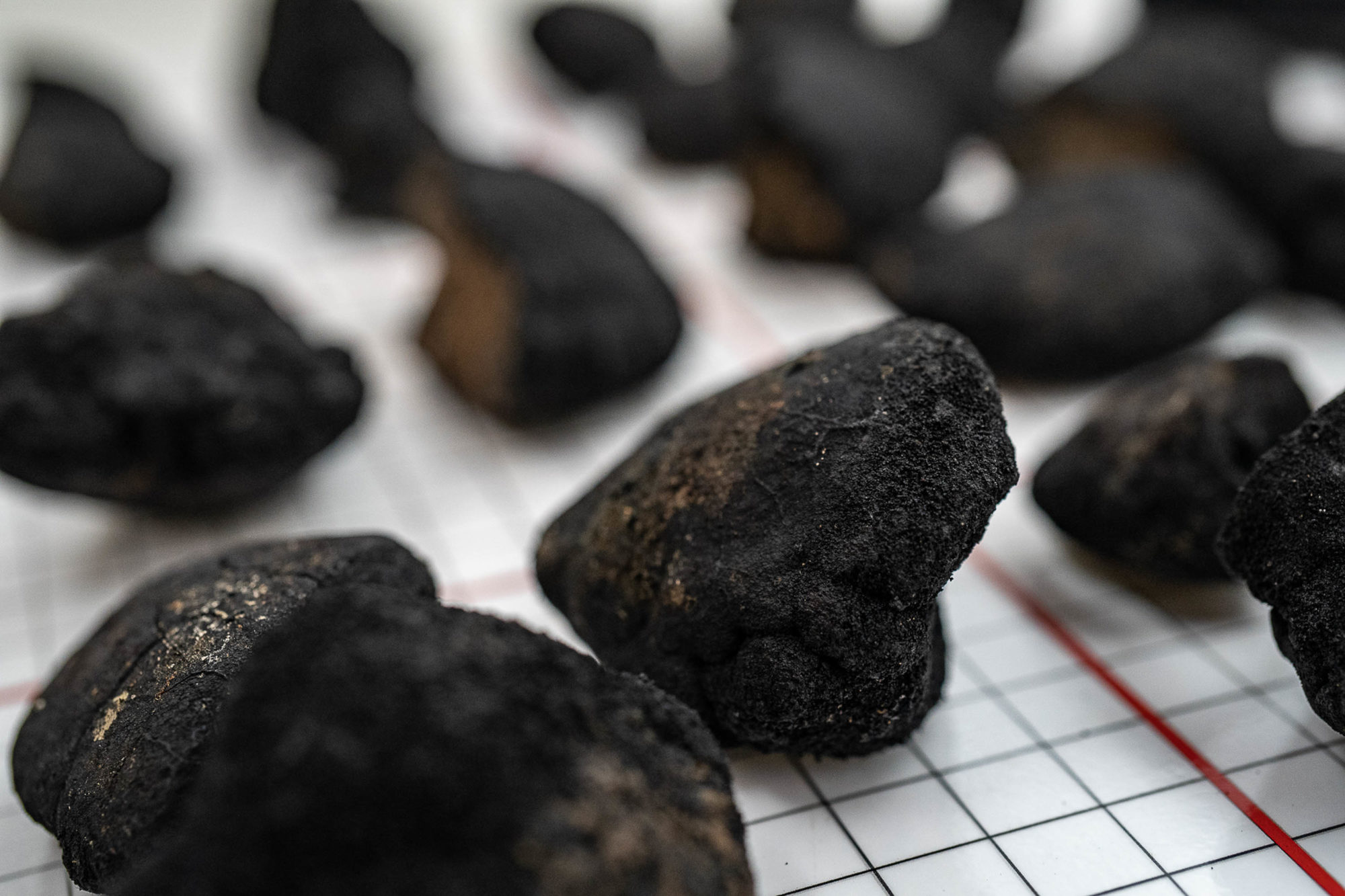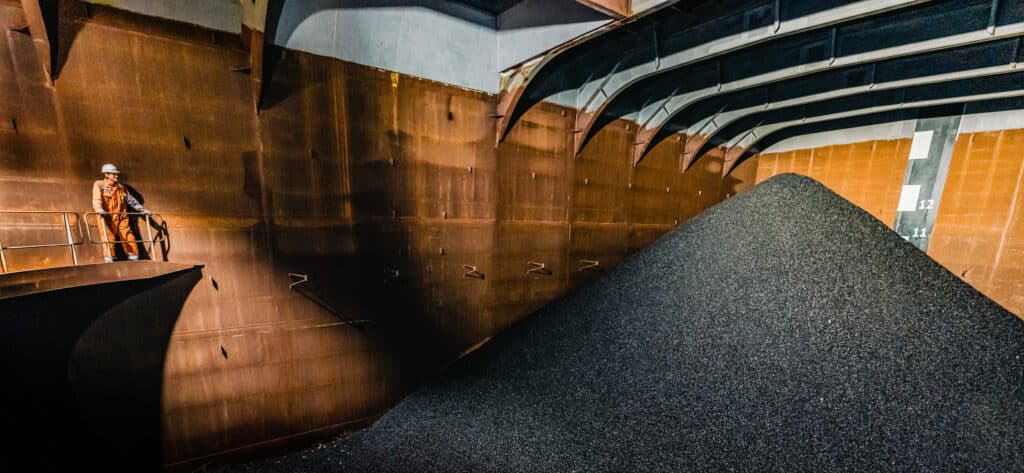Humanity needs millions of tons of base metals to transition to a low-carbon future, and we have some incredibly tough decisions to make. Do we cut down more rainforests, blast and dig deeper to get more nickel, copper, cobalt and manganese on land, or do we go to the dark, sparsely populated desert-like environment of the Clarion Clipperton Zone in the deep ocean that appears to have three orders of magnitude fewer organisms in the sediment than exist in the soil on land? Do we accept more human miners’ deaths, child labor and toxic tailings dam collapses on land, or do we allow remotely operated harvester vehicles to disturb the seabed and its inhabitants as they collect polymetallic nodules that can be processed with near-zero waste? Perhaps most importantly, should we get the metals required to electrify our world’s vehicle fleet from land-based mines — a source that emits roughly four to five times more carbon dioxide per electric vehicle — or from the deep ocean, where we have the opportunity to meet demand with a fraction of the carbon impact?

When it comes to natural resource extraction, typically you have one state agency writing the rules, often with few stakeholders at the table. That’s why the regulatory regime being developed by the 168 member states of the UN International Seabed Authority (ISA) is so unique. Not only do we have countries from around the world collaborating to develop an operational code with the goal of minimizing impact before any activity takes place, we have an unprecedented opportunity to protect biologically important areas of the Clarion Clipperton Zone. In fact, never before in the industrial age has there been this much forethought, global involvement and transparency with an extractive industry. The UN, to the best of its ability has taken on lessons learned from past industrializations and is applying the precautionary approach at an extraordinarily high level. As an ocean scientist who helped pioneer Marine Protected Areas and global studies of ocean health, I believe that we need to take this opportunity to show the world that we can do this right. That’s what excites me most about working with The Metals Company.
So it is disappointing when well-meaning NGOs call for us to stop the exploration of the deep sea as a potential source of base metals for the green transition. The exploration licenses issued to contractors and sovereign states by the ISA are a driver of deep-sea discovery right now, enabling us to learn about the organisms and geography of this vast, important ecosystem. In a recent report put out by Greenpeace, the advocacy group calls for a moratorium on deep sea mining and says that 30% of our planet’s oceans should be set aside as Marine Protected Areas (MPAs). I wholeheartedly agree that we should protect at least 30% of our oceans as MPAs, and indeed the ISA is working to designate 34% of the CCZ as Areas of Particular Environmental Interest (APEIs), off limits to resource extraction. As a card-carrying conservationist, I have much respect for groups like Greenpeace and have worked side by side with them in the past. Their call for a moratorium, however, is both short-sighted and self-defeating. (I am specifically talking about polymetallic nodules, not the other types of deep-sea mining mentioned in the Greenpeace report, seafloor massive sulfides and cobalt crusts. I have different views on those because they are fundamentally different resources with different environmental impacts.) We cannot transition to a world filled with electric cars and renewable energy by recycling base metals, there are not yet enough of them in the system. Polymetallic nodules are a very special case and opportunity for the world at a time when we need them most.
To justify their call to stop exploring the resources of the deep sea, NGOs say that mining polymetallic nodules will cause irreparable harm to important marine biodiversity. I have been to the deep in submersibles many times and I’m here to tell you that there are wonderful life forms down there; remarkable creatures that have adapted to one of the harshest environments on our planet. When you perform a life cycle sustainability analysis (LCSA) as we have done, and you look at the dynamic and interacting systems of the whole earth — rainforests and mountains, deserts and oceans — it becomes clear that obtaining critical base metals from ocean nodules has the least impact in terms of biodiversity, carbon, ecosystem services and human communities. It took me a while to understand the scope and scale of the impacts of land-based mining and to come to the position that, all things considered, getting base metals from ocean nodules is a much better option for the planet. The Metals Company is in the final stages of releasing our extensive LCSA which I will share with my colleagues in conservation and beyond. I believe our analysis will help to inform the global community as we make the monumental decisions that we face concerning where and how we extract these important resources.
To be sure, mining for ocean nodules is currently not taking place, which is why I am puzzled by activists’ call for a moratorium. In fact, no deep-sea mining will take place until rigorous, multi-year environmental studies are conducted, vetted, reviewed and approved. If those studies show that there will be serious harm, the global community through the ISA can decide that mining will not occur. We need groups like Greenpeace to consider the whole earth and support continued exploration of polymetallic nodules in the CCZ as a potential source of critical battery metals, and as a way to learn more about the deepest parts of the ocean. We invite them to join us in discussing how to carry out a transparent and rigorous environmental impact program that, in the end, will allow us to make science-based decisions about moving forward.
— Dr. Greg Stone, Chief Ocean Scientist





